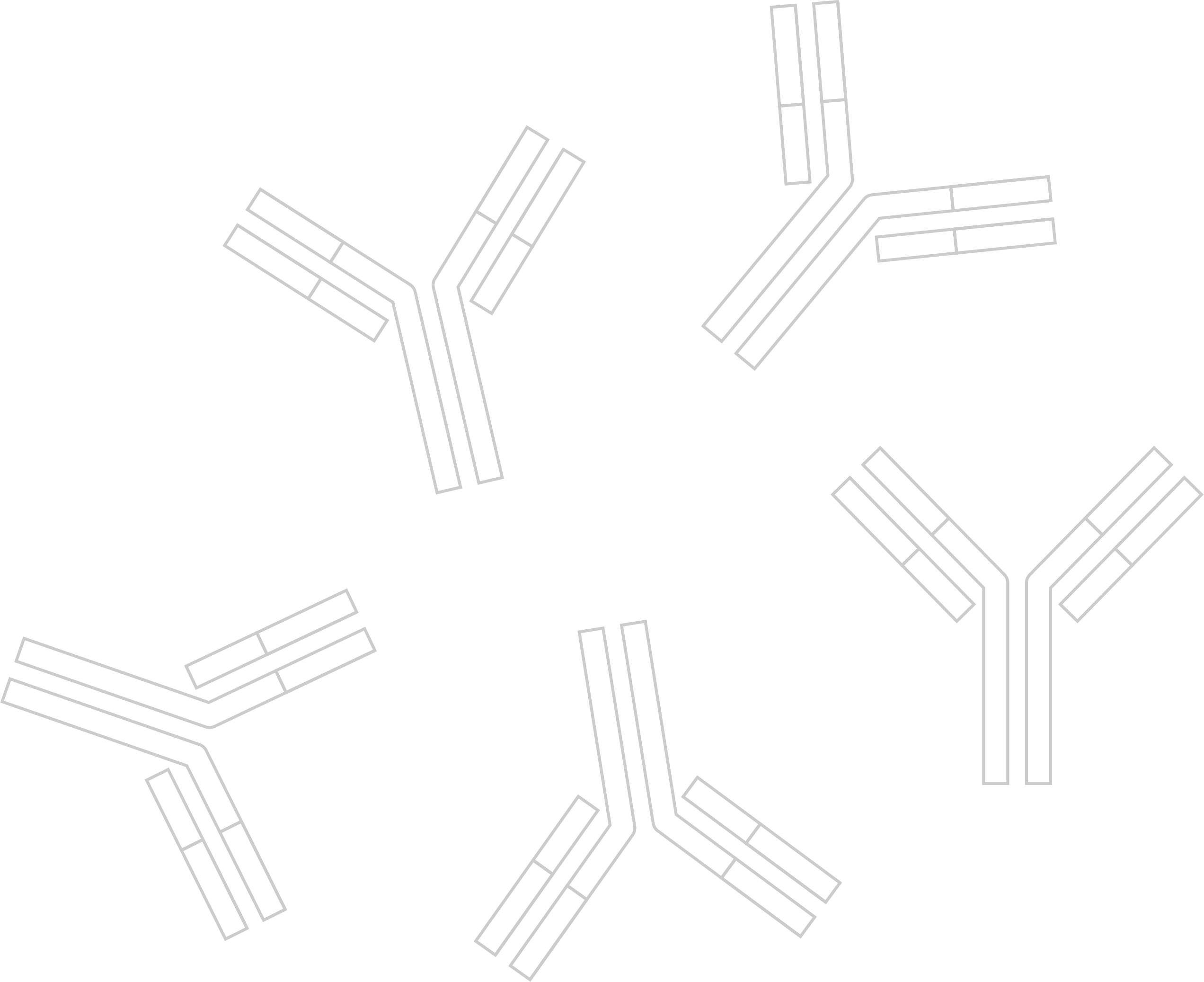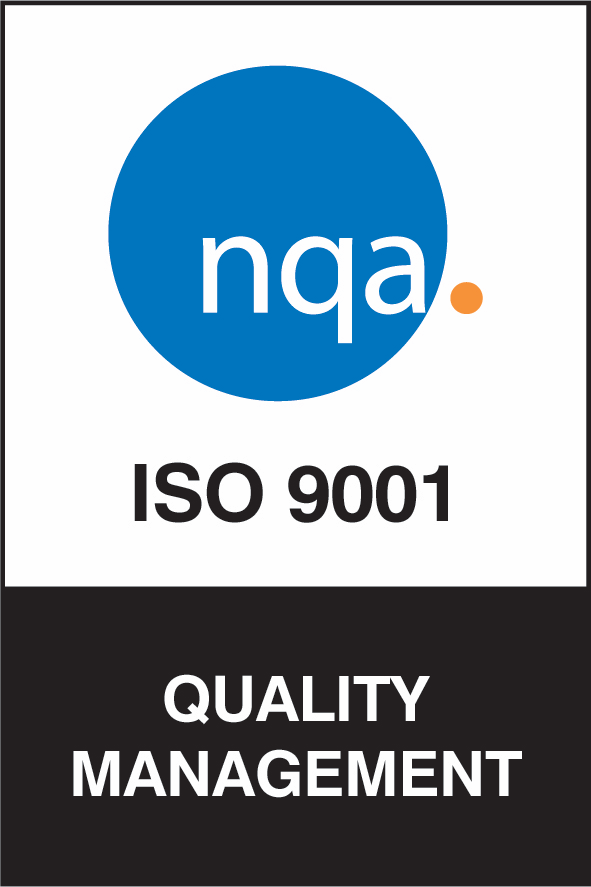Baculovirus Titering Service
Baculovirus Production, Concentration, and Titer Service
One of the most powerful inventions in biotechnology was the development of viral systems as transport mechanisms to introduce foreign DNA into insect or mammalian cells. Following such transductions, these cells produce a desired recombinant protein. This technology has provided scientists a relatively simple method for the expression of monomeric or multimeric proteins of almost unlimited sizes that have similar glycosylation, phosphorylation, and bio-functionality as the native protein. Unsurprisingly, this technology has gained wide use in producing proteins for life sciences.
Several viral or vector expression systems have been developed for production of recombinant proteins from insect cells. One such system, the Baculovirus Expression Vector System (BEVS), is extensively used throughout the life sciences industry. A variation of this, the BacMam system, is used to transduce and produce the desired recombinant antibody from mammalian cells.
Optimization of either the BEVS or BacMam system to maximize overall productivity is partly dependent on determining the best infectivity ratio of virus to cells, referred to as the multiplicity of infection (MOI) for the cell type to be used. For insect cells, too high an MOI can result in rapid cell death and poor overall productivity; too low an MOI can result in poor protein yield. For multi-component protein complexes (such as VLPs), expression may be optimized by altering the ratios of each component of the complex. Control over the amount of each gene entering the host cell is achieved to a higher degree in viral transduction (BacMam) than with plasmid/transfection reagent complexes. This observation is driven, in part, by the higher efficiency of viral-based transduction over reagent-based transfection. Determining the optimal MOI or ratio of MOIs is a critical step that should be performed prior to moving to a large-scale production.
Kemp Proteins has developed a complete Baculovirus Titering Service aimed at providing High-Titer Baculovirus and BacMam Stocks that can be used in insect cells such as Sf9 or mammalian cells. Additionally, we can perform viral titer assessment in samples sent to us by our clients. In all cases, the results form part of a quality data package supplied to our clients at the end of each project.
Production of High-Titer Baculovirus Stocks (HTS)
Kemp Proteins is capable of producing baculovirus and BacMam virus stocks from gene sequence, Gateway entry vectors, transfer vectors, bacmids, and existing viral stocks. If providing plasmids, we request at least 1-5 micrograms of each vector and information related to the insert and antibiotic selection for amplification. Kemp Proteins will produce a pre-determined HTS supplied as a filter-sterilized, serum-free liquid and frozen in cryovials for long-term storage. The standard host cells we use are SF9.
Virus Titer Determination
Accurate titering of virus is a vital step in protein production optimization. Kemp Proteins provides a quality virus titer service to assist you to determine the optimum virus concentration to add to your cells to maximize productivity during cell culture. Our immunohistochemical plaque assay detects the cell surface expression of gp64 after a short incubation period, allowing for a single round of infection. Virus-infected cells are then assessed for gp64 expression. Our Baculovirus Titering Service provides a rapid turnaround and accurate virus count to enable you to reliably and consistently maximize your protein expression in the cells of choice.
Concentration and Buffering of HTS
Clients may require the HTS to be (1) concentrated and (2) diafiltrated into an alternate buffer system. Kemp Proteins offers both these services as an add-on to our HTS service.
Project Timeline: 3 days
- Day 1 – Plate cells with virus solution
- Day 2 – Perform Immunohistochemical Plaque Assay
- Day 3 – Read plates and send report
Use our quick quote form to request a quote.
















